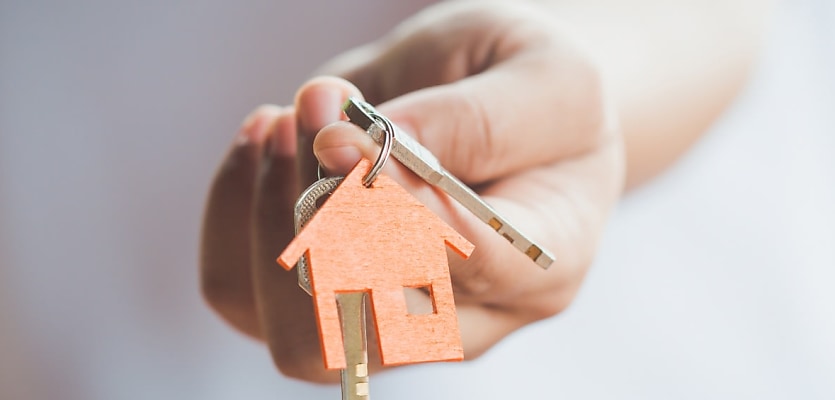Why the link between gender and housing access is both known and little understood.
In an environment where housing costs have been rising substantially, it would be no surprise to learn that Australians are not satisfied with their housing options. But new research suggests that a lack of understanding of the role that gender plays in access to long-term accommodation is also letting Aussies down.
A report from the Australian Housing and Urban Research Institute (AHURI) noted that despite evidence suggesting that gender plays a key role in determining a person’s housing outcomes, no comprehensive approach to understanding gender and its role in housing currently exists in Australia.
The report, titled Gendered housing matters: toward gender-responsive data and policy making, is advocating for a number of moves to help develop more effective housing and homelessness policies for people of different gender identities, starting with research.
Professor Wendy Stone of Swinburne University of Technology, who led the development of AHURI’s report, said there is a dearth of information linking gender to housing needs, despite it being clear that people’s housing opportunities, pathways, assistance and outcomes are affected by their gender.
Professor Stone noted that “while understanding of women’s housing inequalities are growing but limited, less well understood is how gender affects men’s housing outcomes, particularly for single men. And even less well understood are the experiences and inequalities that shape housing outcomes for transgender and non-binary individuals”.
To illustrate the link, AHURI’s research dug into the results of the 2021 census, revealing how gender clearly has an impact given the different housing realities that exist between single mothers and single fathers.
AHURI found that 7 per cent of all women aged 25 to 34 were lone parents, compared to only 1 per cent of males in the same age bracket. But while more than half (57 per cent) of the women in this group were living in rental housing and 26 per cent owned their own home, fewer lone male parents (50 per cent) were renters, while a larger percentage (37 per cent) were in their own purchased home.
The census analysis also revealed differences in housing situations for couples based on their gender identity. Opposite-sex partners were much more likely to be home owners or home buyers, with 75 per cent of male-female couples owning their own home. Meanwhile, 60 per cent of same-sex partners were found to be home owners or home buyers.
To ensure that housing policies are being developed to best support Australians of all genders, AHURI is recommending a number of measures. They include further research to understand the links, an update to data gathering protocols to recognise that the language we use to talk about gender has been rapidly evolving, and ultimately the development and application of a Gendered Housing Framework that could be applied to policy, the design and production of housing supply, housing finance and real estate services.
ABOUT THE AUTHOR
Juliet Helmke
Based in Sydney, Juliet Helmke has a broad range of reporting and editorial experience across the areas of business, technology, entertainment and the arts. She was formerly Senior Editor at The New York Observer.









You are not authorised to post comments.
Comments will undergo moderation before they get published.